The Fife Arms, Braemar
A unique hotel in the Scottish Highlands, built in the 19th century and refurbished by gallerists Manuela and Iwan Wirth in 2018, whose collection of art makes for an unforgettable experience
Words and images: Skye O’Neill
Approaching Braemar through the foothills of the Cairngorms National Park, you become conscious of the associations with the royal family—signs point to the Balmoral estate, and images of a kilted Prince Charles at the annual Highland Games (held every September in Braemar) spring unbidden to mind. The Fife Arms, a former coaching inn in Braemar on the banks of the River Dee, was built to house the 19th-century tourists who were drawn here by Queen Victoria’s enthusiasm for this part of Scotland, and on the outside the stone building is handsome but relatively unassuming.
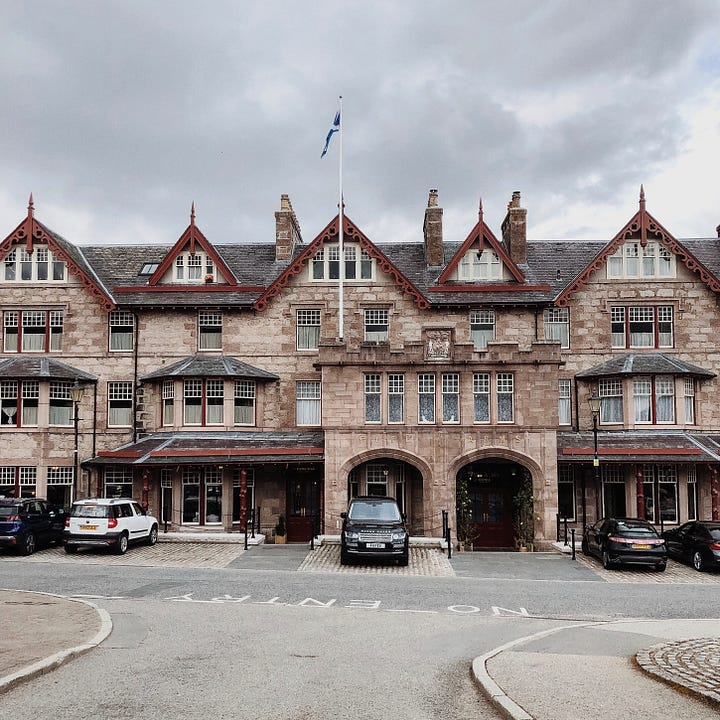
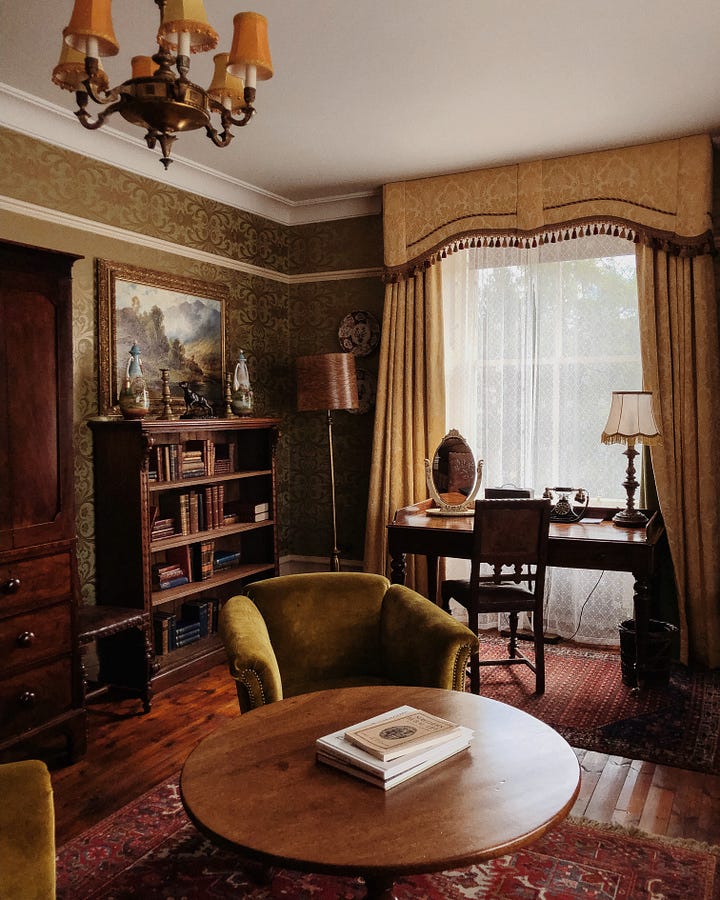
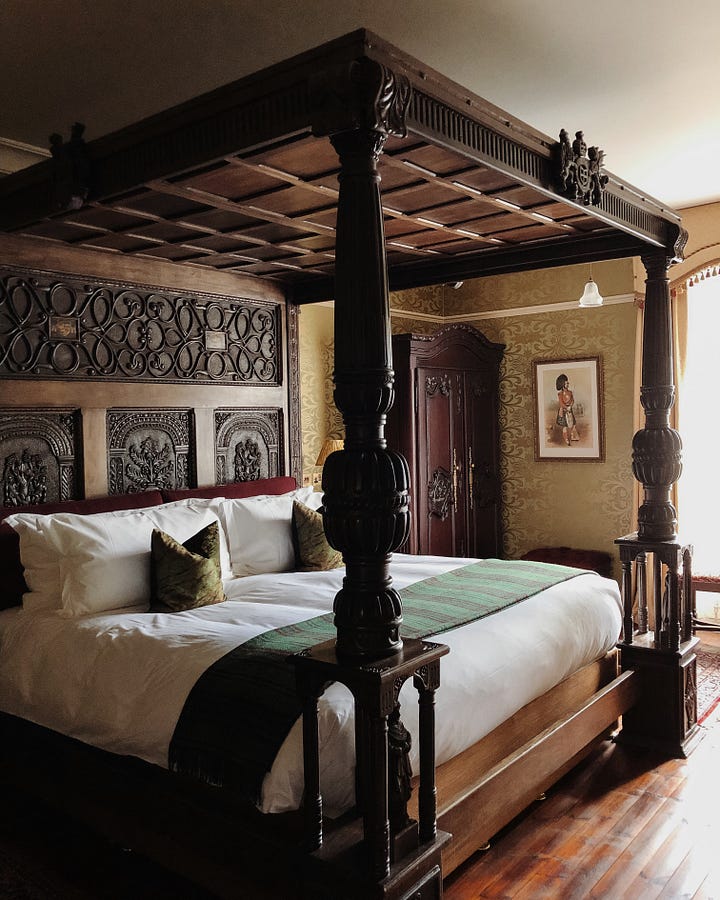
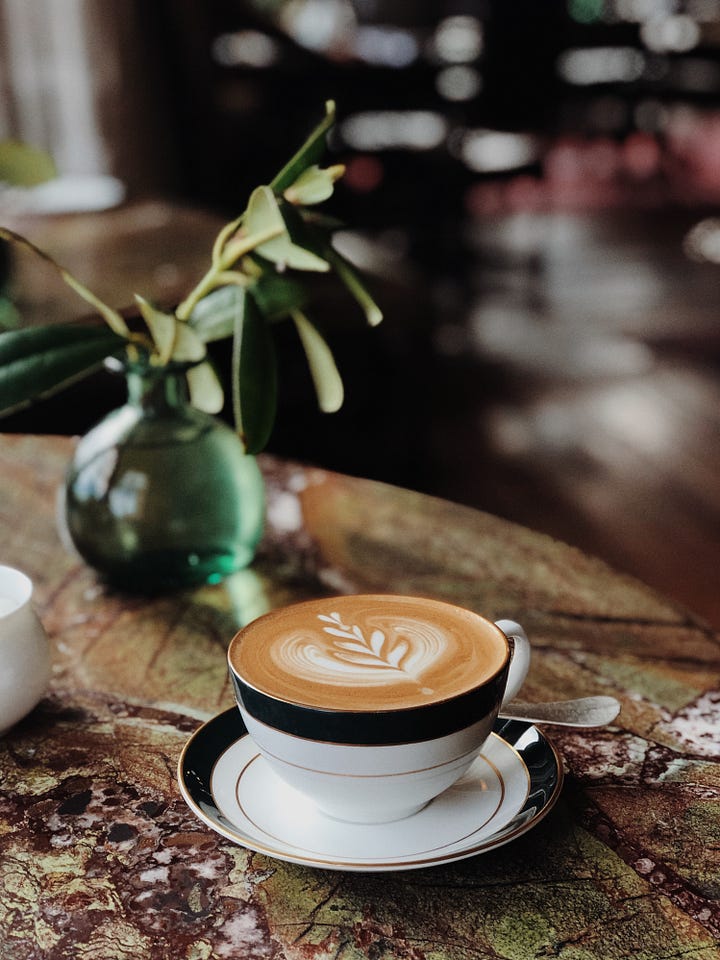
Inside, however, is another story. In 2014, gallerists Manuela and Iwan Wirth (of Hauser and Wirth fame) took the building over as a hospitality project, opening the new incarnation of the hotel in 2018, and the traditional Scottish touches (tartans by Araminta Campbell on the wall, deer antlers worked into garlands by local craftsmen) combined with the owners’ incredible collection of art are what makes a stay here such a special experience. Highlights of the art collection include a painted ceiling in the drawing room by contemporary Chinese artist Zhang Enli (inspired by the cross-section of an agate stone as well as by the topography of the local area); a mural in the dining room by Argentinian artist Guillermo Kuitca; Le Mousquetaire assis by Picasso; Lucian Freud’s portrait of his daughter, which hangs in the reception area; a Louise Bourgeois spider in the courtyard; and a painting by Bruegel the Younger in the dining room. They also have a charming watercolour of a stag, painted by Queen Victoria for her ghillie and friend John Brown, on display.
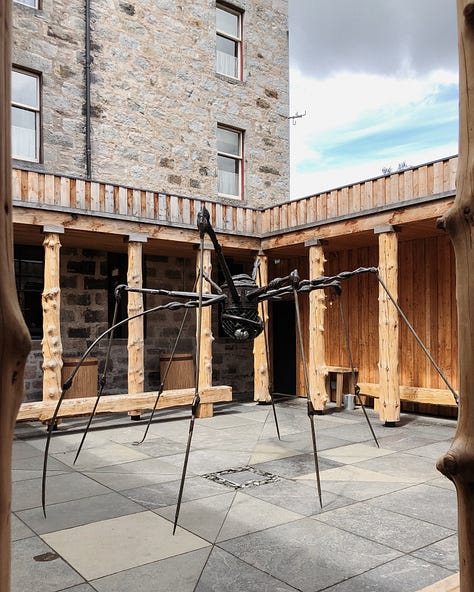
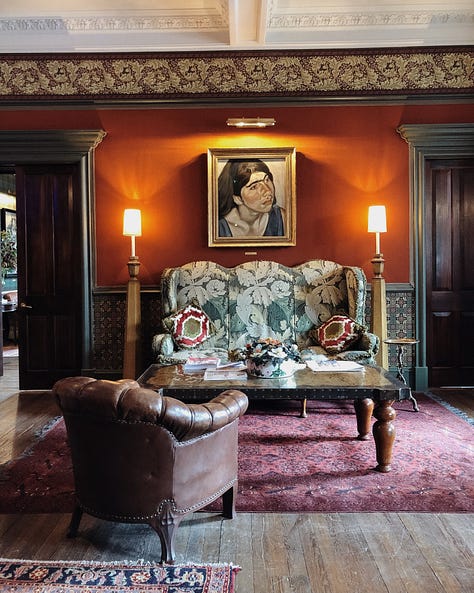
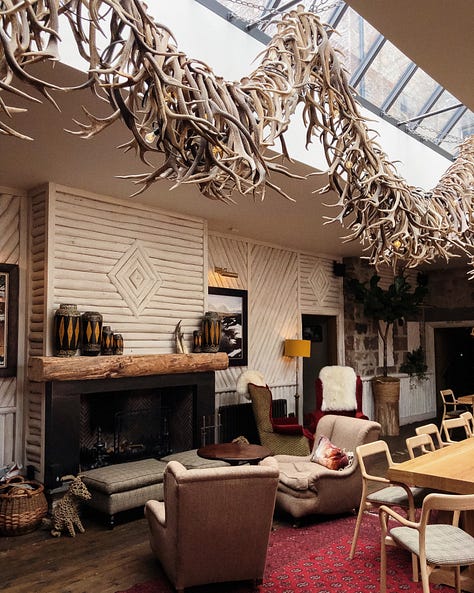
The hotel bar, Elsa’s, is named for Elsa Schiaparelli, apparently a frequent visitor to the area (who knew?), and the “shocking pink” and art deco style she was known for are used in this room to striking effect. The bedrooms are equally interesting, ranging from the modest Croft rooms, with their traditional curtained box beds, to the Nature and Poetry rooms and Scottish Culture rooms, based on key Scottish literary and cultural figures, right up to the Royal suites, which evoke a kind of Edwardian grandeur. The public bar, The Flying Stag, serves reasonably priced pub classics and was packed to the rafters with locals enjoying lunch—we luxuriated in our armchairs beside a glass cabinet of taxidermy animals. It shouldn’t have worked but it did.

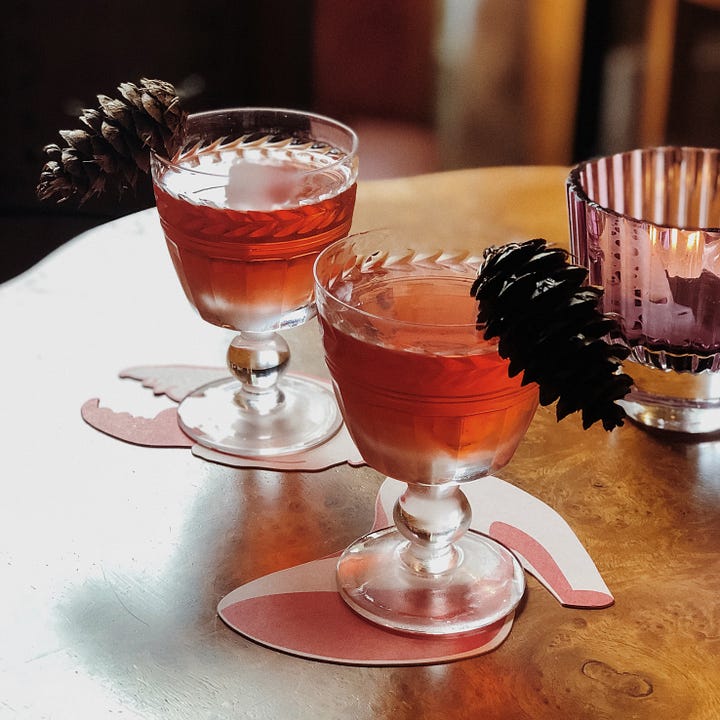
It’s this mix of the contemporary and the traditional that is so surprising and delightful at the Fife Arms. What draws it together, the thread running through the whole bonkers, eclectic mix that transmutes it into a harmonious whole, is the warm feeling of welcome and hospitality which I can’t help but feel is peculiarly Scottish.
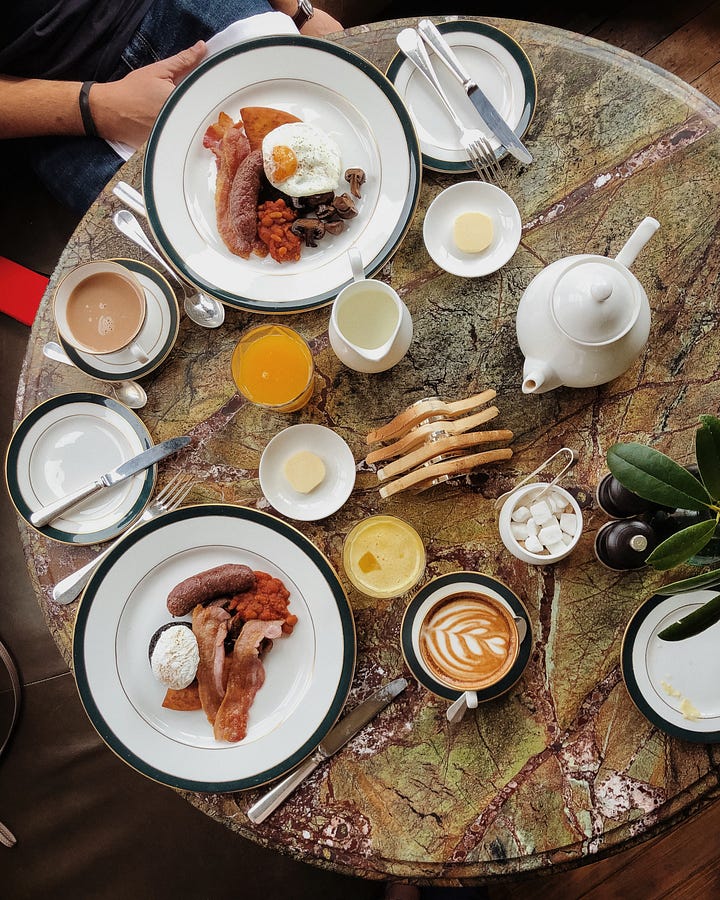

@thefifearms • www.thefifearms.com
[First published in Issue 1 of Fieldfare]










